Filter PU adhesives give shorter cycle times and can actually be molded to replace the traditional metal end-cap. Given the vital role of PU adhesives in filter assembly, the quality of PU adhesive is of great importance. What makes a good PU adhesive? We choose PU adhesives from the following aspects.
Elasticity
Elasticity, the ability of a deformed material body to return to its original shape and size when the forces causing the deformation are removed. The higher the elasticity, the better the adhesive quality.
Excellent elasticity and can recover quickly after pressing

Slow recovery after pressing

Hardness
Hardness is a measure of the resistance to localized plastic deformation induced by either mechanical indentation or abrasion. The smaller the hardness, the better the resilience.
Better resilience

Poor resilience

Tear resistance
Tear resistance is a measure of how well a material can withstand the effect of tearing. The higher the tear resistance, the longer the service life.
Difficult to tear and fine tear surface

Easy to tear and rough tear surface

Tensile Strength & Elongation
Tensile strength refers to the amount of load or stress that a material can handle until it stretches and breaks. Elongation is a measure of deformation that occurs before a material eventually breaks when subjected to a tensile load.
- 1.48 MPa tensile strength, 1.8 times higher than that of ordinary PU adhesive.
- 281.63% elongation, 2.1 times higher than that of ordinary PU adhesive.

- 0.83 MPa tensile strength
- 134.36% elongation

Stringent Quality Control

Hardness measurement

Density measurement

Good resilience

Good tensile strength

Cross section pictures

Moisture determination
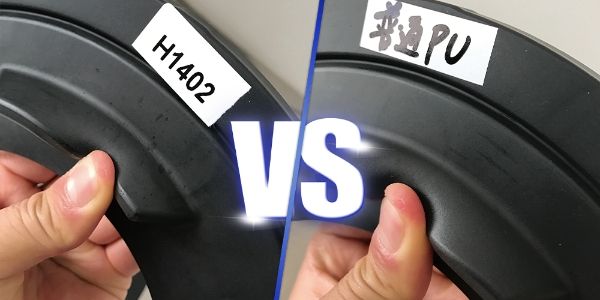
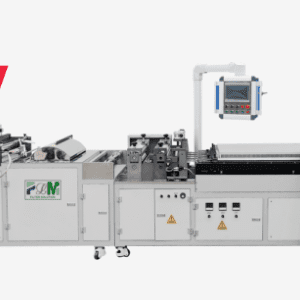

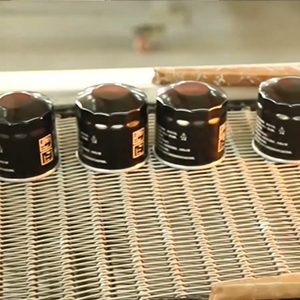
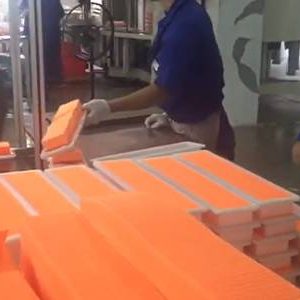
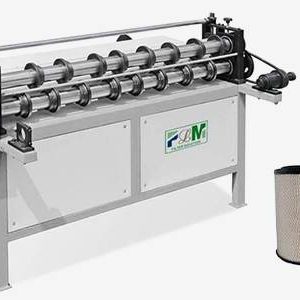
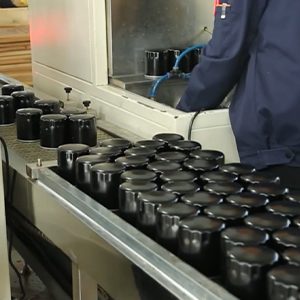
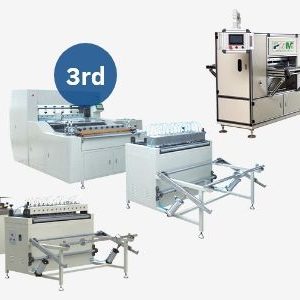
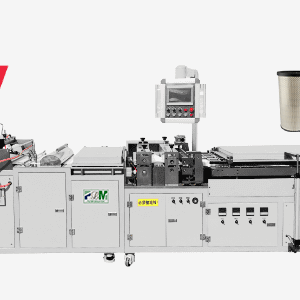
Отзывы
Отзывов пока нет.